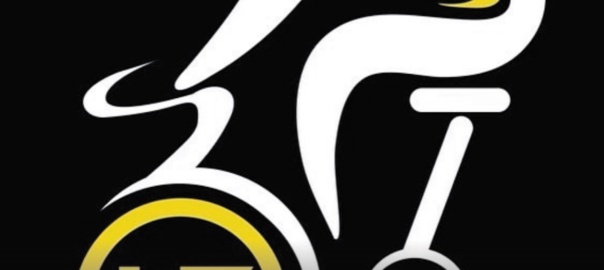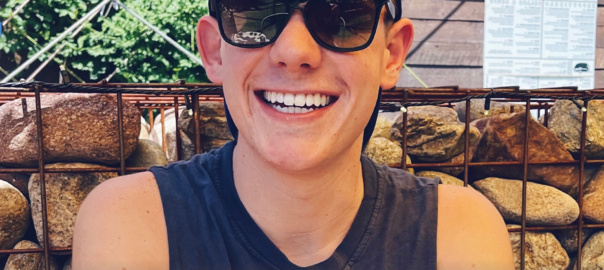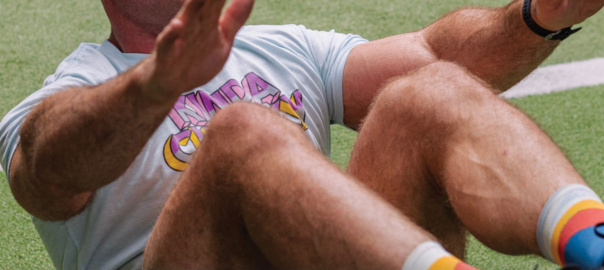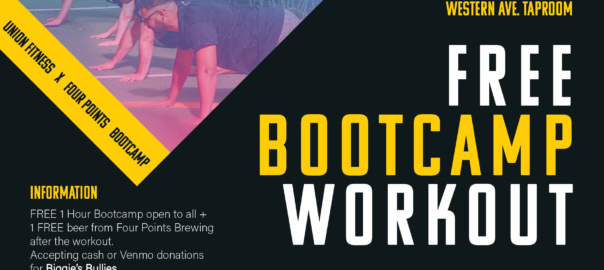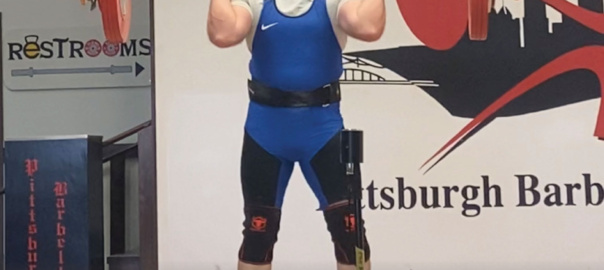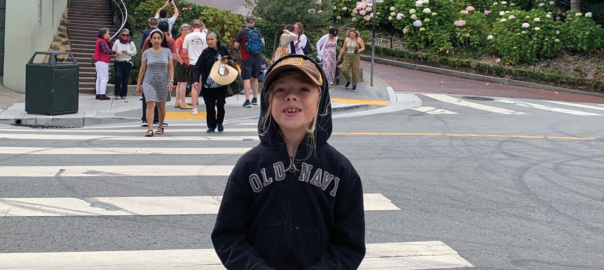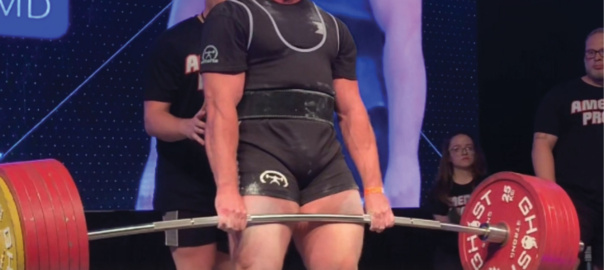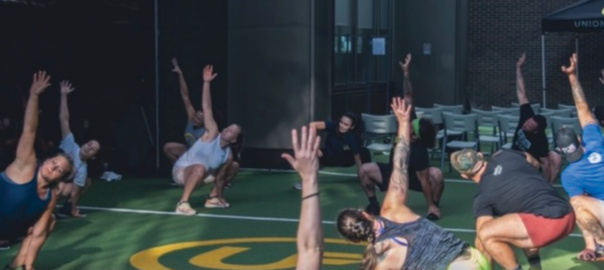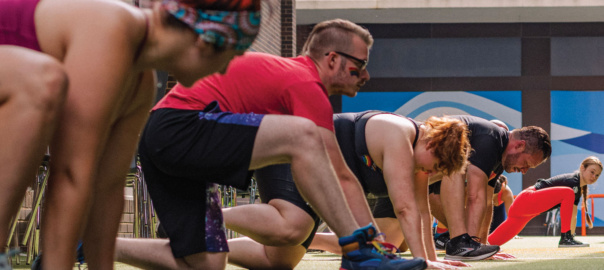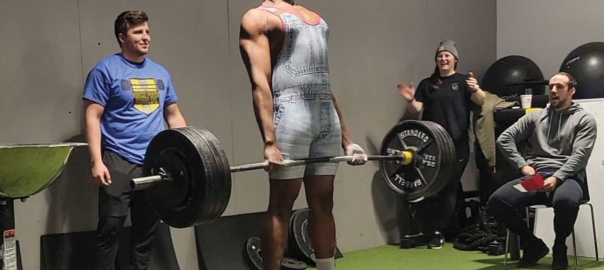Now that we are well into the year with our newest class offering, cycling classes on the RealRyder bikes, it’s as good of a time as ever to come try out a class. We have cycling classes every day on the schedule for those early risers and after-work crews, a great way to add some cross-training into your fitness routine.
RealRyder stationary bikes have all of the things you’d expect in a stationary bike with the added side-to-side movement to mimic a more real life riding experience. This offers additional diversity in the muscles utilized and full body engagement. It can be a little intimidating to a new rider but if you consider a few of the following and take the chance on coming to one of our energy packed classes, you might surprise yourself.
- Show up early. If you have never taken a Ryde class or it has been a while since you’ve been on a bike, come to class at least 10 minutes before start time so one of our coaches can help get you set up. You will have a much more enjoyable experience with your bike set to match your body and not feeling rushed to jump right into things.
- Wear strong soled shoes OR bring your cleats (SPD). Feel free to ask a Ryde coach when you come to class if you are curious!
- Be patient with yourself! It typically takes about 5 Ryde classes to start to build your confidence and ease of movement on the bikes. Don’t worry, you are still getting a great workout even if you aren’t in and out of the saddle as much as the person next to you.
- Each class is choose-your-own-adventure. You are in control of the resistance on a Ryde and each person can choose the experience they want. Maybe you showed up to give 110% or maybe today is an 80% kind of day, regardless, congratulate yourself for showing up. We promise as Ryde coaches to make each class worth your time and effort.
- Have fun! All of our coaches make incredible Ryde programs curated to some of the best playlists, but you’ve got to hear it to experience it yourself!
Stay tuned for future details on our upcoming Live DJ workout on September 17th at noon. This will be a team teaching event with Ryde, bootcamp and yoga all wrapped up into one! It will be a donation based class so start rounding up your friends and let’s have some fun!
Rachael
